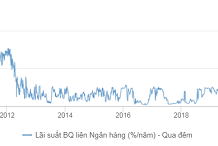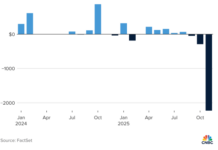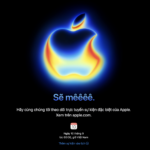As Apple unveils the iPhone 17 next week, a historic race will officially commence. This flagship model carries not only technological upgrades but also an unprecedented mission: to dethrone the legendary iPhone 4, which has held the longest iPhone lifecycle as the main model for 15 years.
To understand the magnitude of this record, let’s rewind to June 2010 when Steve Jobs took the stage and introduced the iPhone 4. At that time, no one knew it was about to become a longevity icon. The iPhone 4 reigned as Apple’s number one flagship for almost 16 months until the iPhone 4S arrived in October 2011.
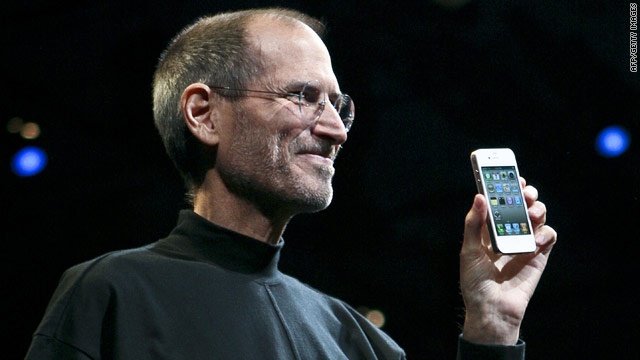
The reason for this unusually long lifecycle stems from a significant strategic shift: Apple decided to move the annual iPhone launch schedule from summer to autumn. This decision inadvertently gave the iPhone 4 a few extra months at the pinnacle, creating a milestone that no subsequent model has been able to surpass.
This period also left indelible memories for users. Many patiently awaited the “iPhone 5,” expecting a breakthrough design, but were slightly disappointed when Apple unveiled the iPhone 4S—an “S” upgrade with an almost identical exterior. Nonetheless, internal improvements, including the debut of Siri, a better camera, and enhanced performance, somewhat eased the wait.
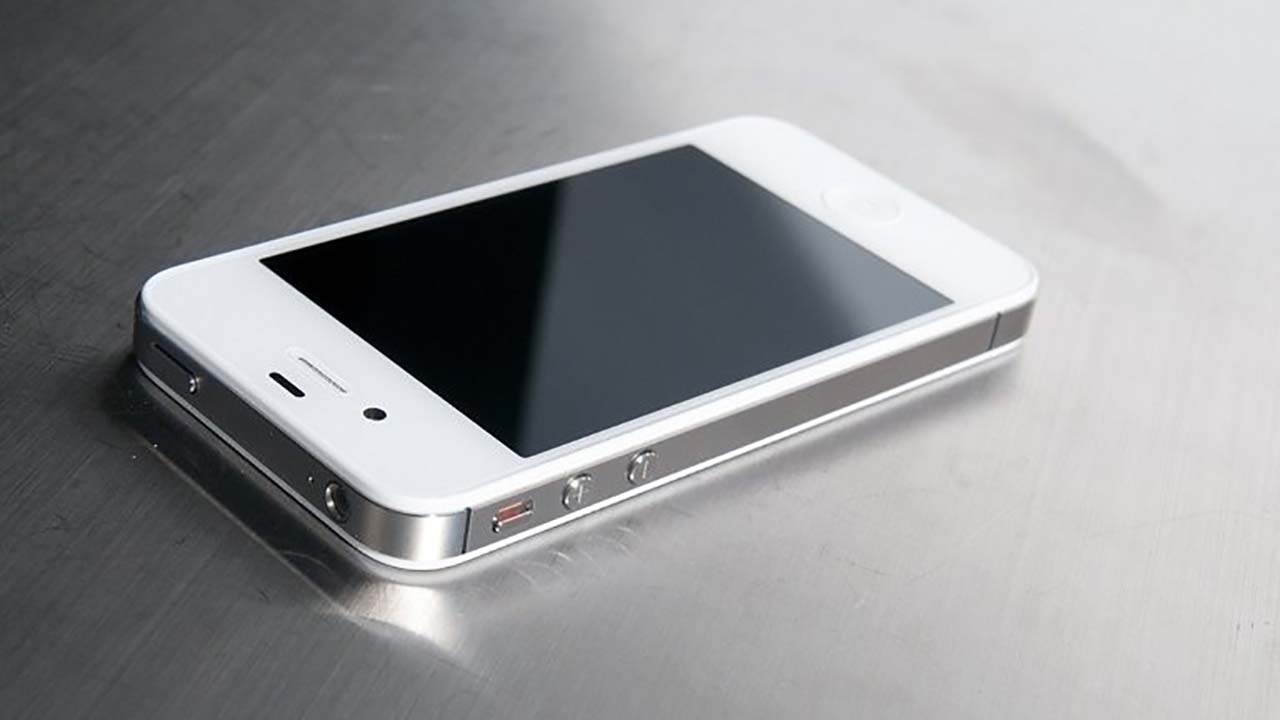
After 15 years, a strong contender has finally emerged. According to reliable reports and leaks, Apple will alter its release schedule, and the iPhone 18 won’t arrive until spring 2027. This implies that the iPhone 17, launching in September 2025, will serve as Apple’s standard flagship for approximately 18 months. This duration surpasses the iPhone 4’s record of nearly 16 months and sets an entirely new benchmark.
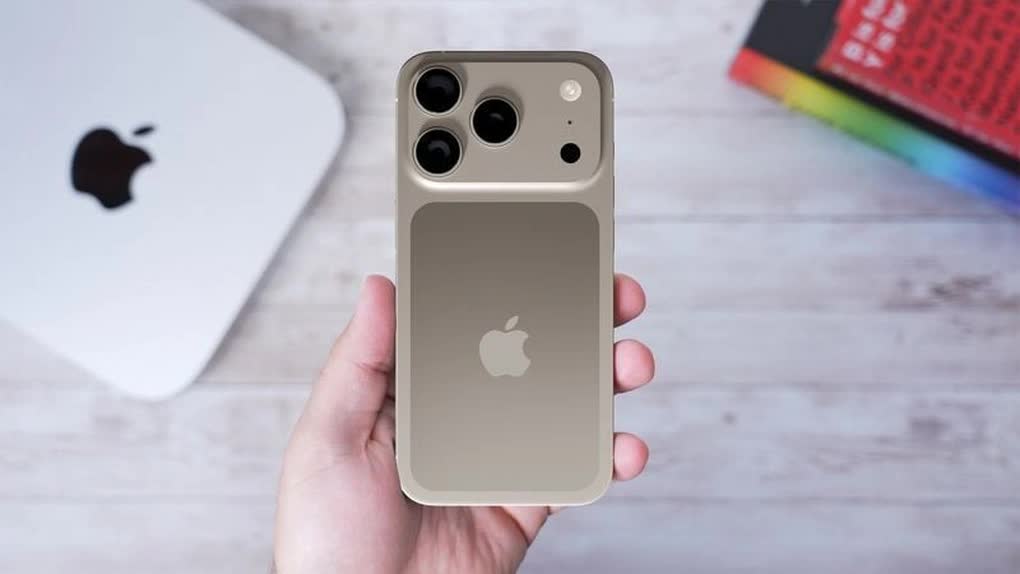
However, the current context is vastly different. While the prolonged wait in 2011 created an “upgrade drought” with only one flagship option, Apple’s strategy today is far more diverse. Even if the iPhone 17 has an extended lifecycle, users still have annual upgrade choices with the higher-end Pro line. This allows Apple to prolong the standard product cycle while ensuring customers don’t feel left behind.
This extended product roadmap is also believed to pave the way for the debut of the first foldable iPhone—a revolutionary hardware shift in the product’s history.
As the iPhone 17 prepares to set the longest cycle, Apple’s history also witnessed surprisingly shortened flagship lifespans. Many assume that the iPhone 12’s 11-month cycle (adjusted post-pandemic) was the shortest. But in reality, the “title” goes to the iPhone X. Launched in September 2017 but delayed until November, the iPhone X had a 10-month market presence before being superseded by the iPhone XS.
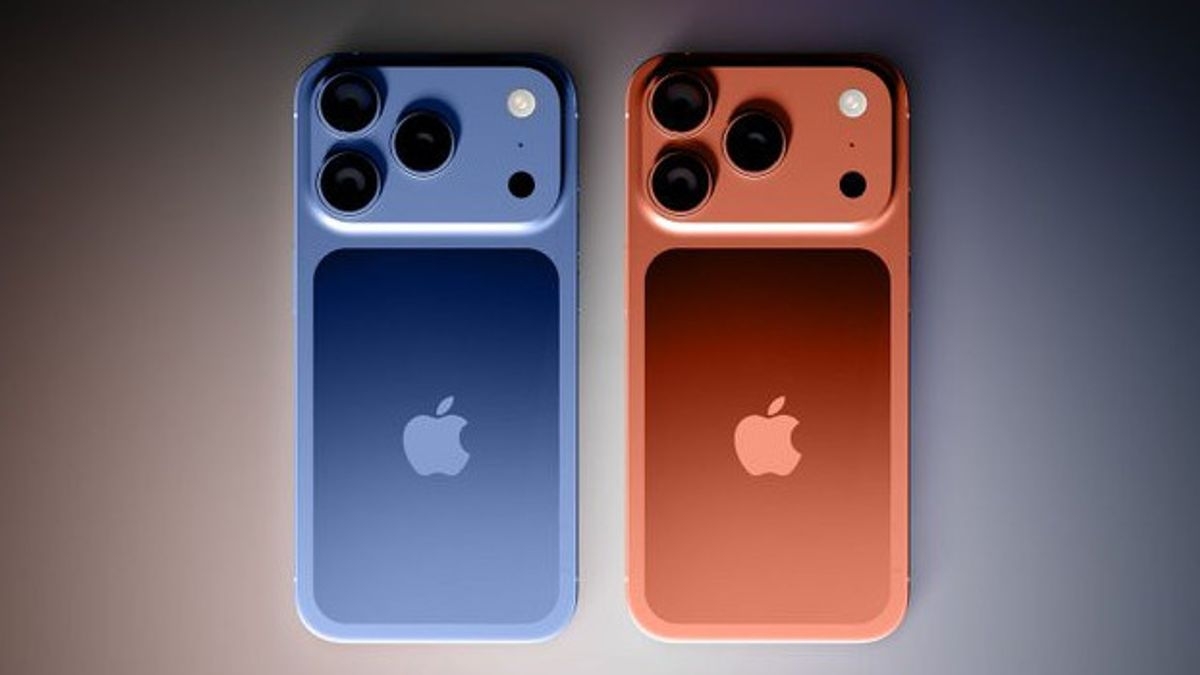
These extremes showcase Apple’s flexible strategy, but the iPhone 4’s record remains an enduring fortress for 15 years. Now, all eyes are on the launch event on September 9 (00:00 on September 10 in Vietnam), where the iPhone 17, Apple Watch Series 11, and Watch Ultra 3 are expected to be unveiled.
If the predictions hold true, the iPhone 17 will be more than just an upgrade. It will etch its name in history as a pivotal turning point, signaling a significant shift in Apple’s product development strategy for the years to come.
The End of an Era: Apple Phases Out Four iPhone Models with the Launch of iPhone 17
The highly anticipated launch event for the Apple iPhone 17 has been set for 10 am on the 9th of September 2025, California time (or midnight on the 10th for eager Vietnamese fans). With the iPhone 17’s arrival, Apple bids farewell to several older models.








